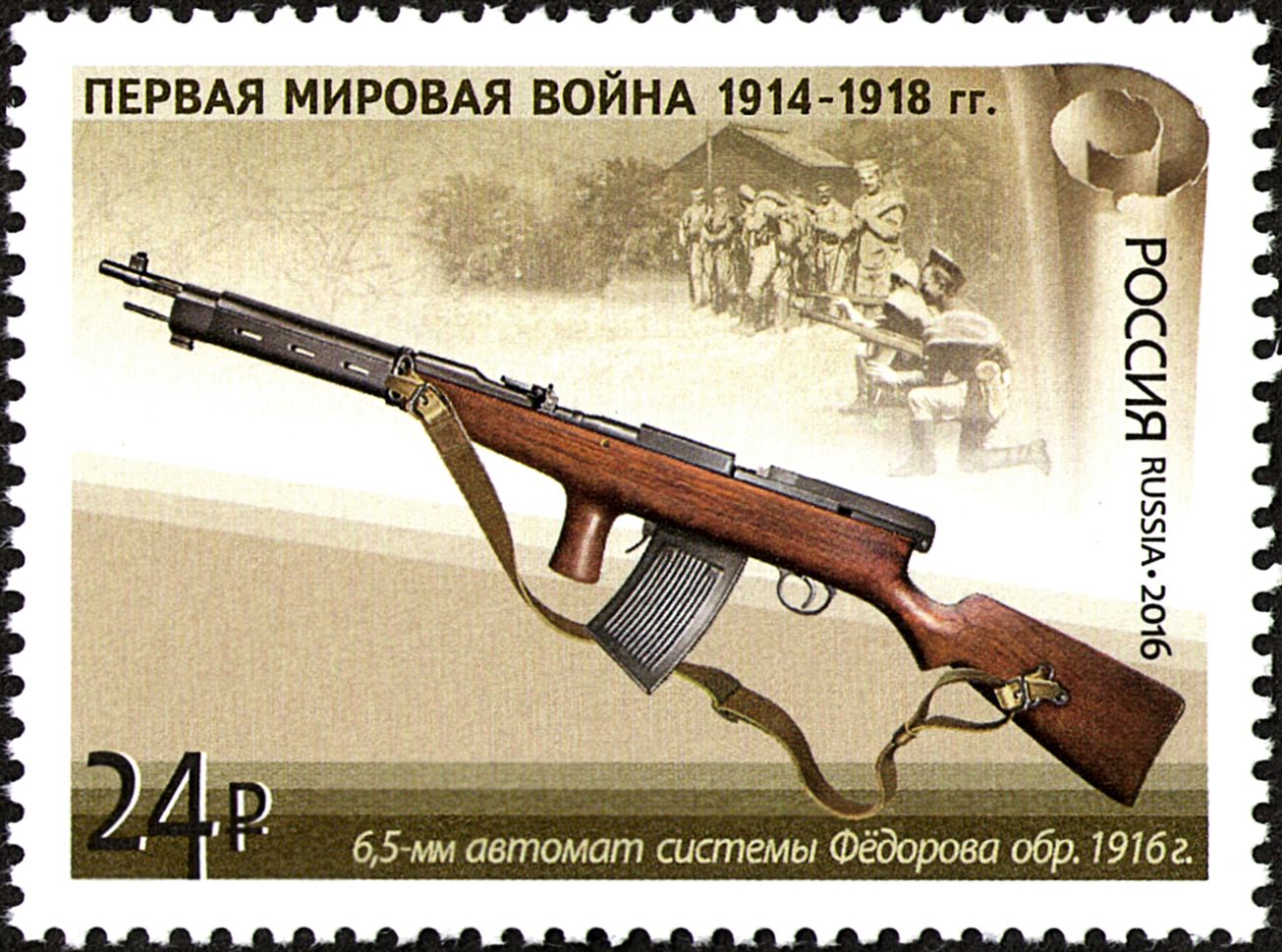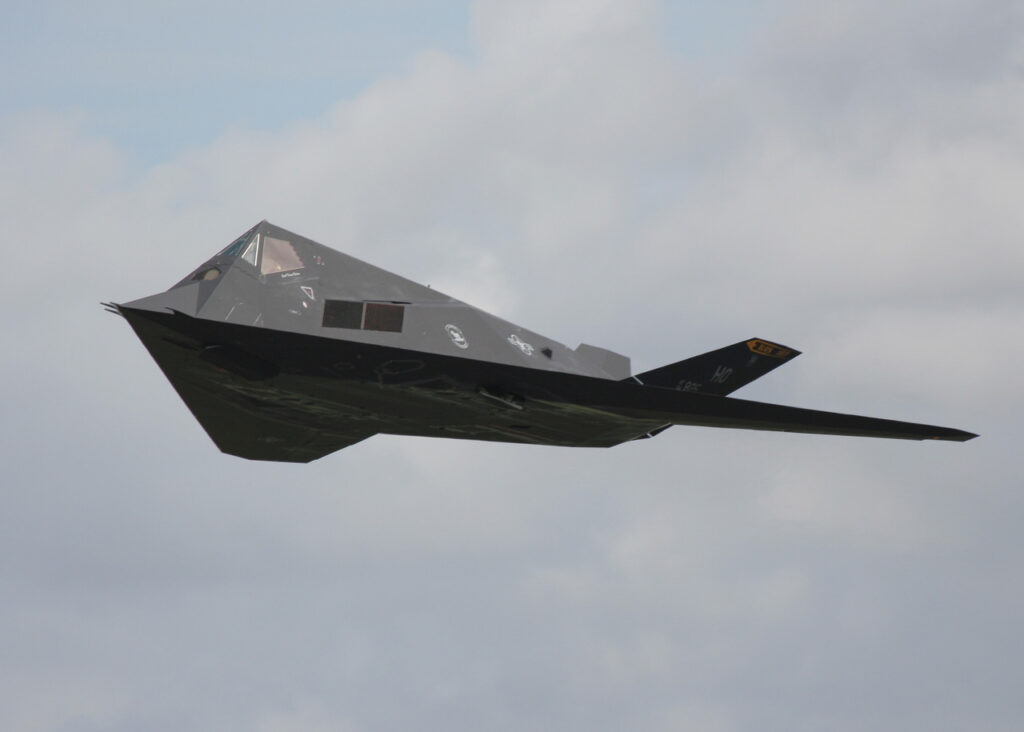
The World’s First Automatic Rifle Came from Russia (And Was a Flop)
An Innovative Design: Meet the Fedorov Avtomat.
The design was significantly ahead of its time. During the First World War, an enterprising captain in the Imperial Russian Army witnessed the benefits of putting a fully automatic weapon into the hands of individual soldiers. The American Browning Automatic Rifle, and the French-made Chauchat may have been his inspiration.
Still, these two weapons were far from perfect. Despite being operable by individual soldiers, they suffered from high weight and were less maneuverable. They used full-length rifle cartridges that were overpowered for fully-automatic fire, making them difficult to control. Something lighter, more maneuverable, and less powerful was needed.
Just looking at the Fedorov Avtomat, several quite modern features are apparent. The rifle used a 25-round box style magazine to feed cartridges into the chamber. It also incorporated a selective fire switch that allowed the rifle to be fired both fully-automatically as well as semi-automatic. Just ahead of the box magazine a wooden grip was used to control the rifle during fully-automatic fire and reduce muzzle climb.
The standard Russian service cartridge—which is still in use to this day—was the 7.62×54mmR. A high-powered rifle cartridge, it was too powerful for fully automatic fire. As a rimmed cartridge, it was prone to jamming. The less-powerful but more manageable 6.5×50mmSR Arisaka cartridge round was decided upon for the design. The Japanese cartridge was relatively abundant, as Russia had imported hundreds of thousands of rounds from Japan for use with their Arisaka rifles, also of Japanese origin.
Service
Despite being intended for use by individual soldiers, in the field the rifle was recommended for use by two soldiers, the main gunner, armed with the Fedorov Avtomat, and an ammunition bearer. In this configuration the ammo bearer would cover for the gunner when he reloaded, using a Arisaka rifle that used the same ammunition.
Despite superior overall qualities, the Fedorov Avtomat saw only limited service, partly due to low production numbers. The rifle may have served in a limited capacity during the 1921-1922 East Karelian conflict.
Postscript
Despite the Fedorov Avtomat’s promising characteristics, the design was ultimately rejected. It suffered from poor reliability and was prone to jamming if not kept spotlessly clean. It was a complicated rifle to repair, necessitating a reliable supply of spare parts.
The weapon’s demise may have been caused by a surplus of domestic Russian ammunition and a dearth of the foreign-designed 6.5×50mmSR Arisaka cartridges. The collapse of the Russian Empire also likely put a wrench into the works, and is partially responsible for Russia reverting to the older and simpler Mosin—Nagant bolt-action rifle design.
A shame—the Fedorov Avtomat could have been revolutionary.
Caleb Larson holds a Master of Public Policy degree from the Willy Brandt School of Public Policy. He lives in Berlin and writes on U.S. and Russian foreign and defense policy, German politics, and culture.
Image: Wikimedia


